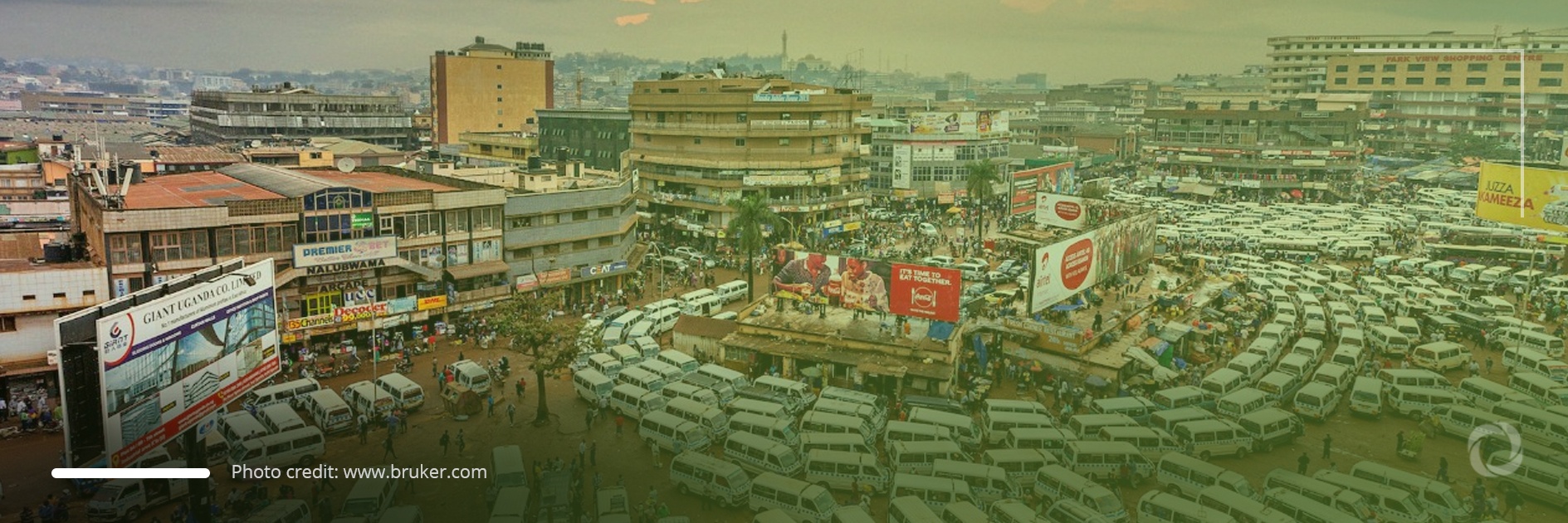The majority of the world’s fastest-growing cities are located in Africa. With the continent’s population growing at the highest rate ever worldwide, this trend is expected to continue over the coming decades. In the meantime, although Africa is home to 17 of the fastest growing cities, only three of the world’s 34 megacities are located there. This situation may serve as an impetus for development should wise policies be put in place.
Overview
With the global population growing at a rate of about 1.05%, i.e., 81 million people annually, it is projected that the number of people around the world will reach 8.1 billion people by 2025. Today, the majority of the global population lives in urban areas and it is forecast that the number of people preferring cities over rural areas will grow by 2030.
Currently, 4.5 of the 7.9 billion people living around the globe reside in urban areas, meaning that 57% of the global population lives in cities and towns. However, it is projected that this figure will reach 60% by 2030. The fastest-growing cities are located either in Africa or Asia. Remarkably, only one city in China is ranked among the fastest-growing, signifying that the population growth rate of the country has started to shrink.
Fig.1. The fastest-growing cities
Source: Visual Capitalist
Africa’s urbanization
Overall, 17 of the 20 fastest-growing cities are located in Africa with the only capital city present in the ranking being Kampala, the capital of Uganda. In general, the growth rate of the fastest-growing African cities outpaces the growth rate of any other cities on all continents, for instance, in Europe. It is remarkable that the fastest growing city in Africa, Gwagwalada, is expected to grow by 6% annually while the fastest growing city in Europe is predicted to grow by only a 2% rate annually.
Fig.2. Fastest-Growing Cities: Europe vs. Global
Source: Visual Capitalist
By 2050, it is predicted that around 2 billion people will reside in sub-Saharan Africa of whom about 50% will be under the age of 25.
Development opportunities
This demographic change will open up enormous opportunities for innovation and economic development. In fact, to deal with the pandemic, Africa has already adopted digital solutions both in traditional and new sectors.
Nigeria, the country that is home to the four fastest-growing cities, has a strong economy based on the petroleum industry. The high birth rate and demographic changes there, together with strong economic growth, have resulted in extreme rural-to-urban migration within the country.
With two of the fastest-growing cities, Mozambique is expected to experience economic growth despite the economy having been significantly damaged by the coronavirus pandemic. The two cities, Tete and Quelimane, are growing by 5.56% and 5.14% respectively.
Today’s megacities
Currently, the world is home to 34 cities with a population exceeding 10 million inhabitants. These cities, called megacities, are located in Asia, Latin America, and Africa. Asia has 21 megacities, Latin America has six and Africa has three. At present, the largest megacity is the urban agglomeration of Tokyo which has a population of 37 million. Delhi is ranked as the second-largest city with a population of 31 million and third place is occupied by Shanghai with a population of 28 million.
UN projections indicate that the number of megacities will grow by 2030 to reach a total of 43 and, by then, Delhi is expected to be the largest megacity with a population of 39 million.
Fig.3. The largest cities worldwide
Source: Visual Capitalist

